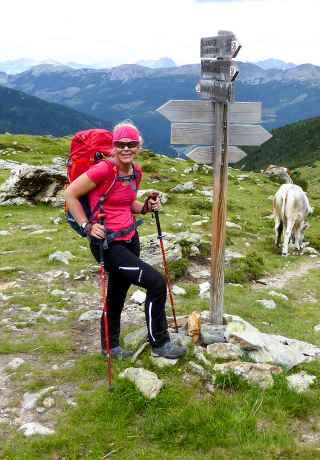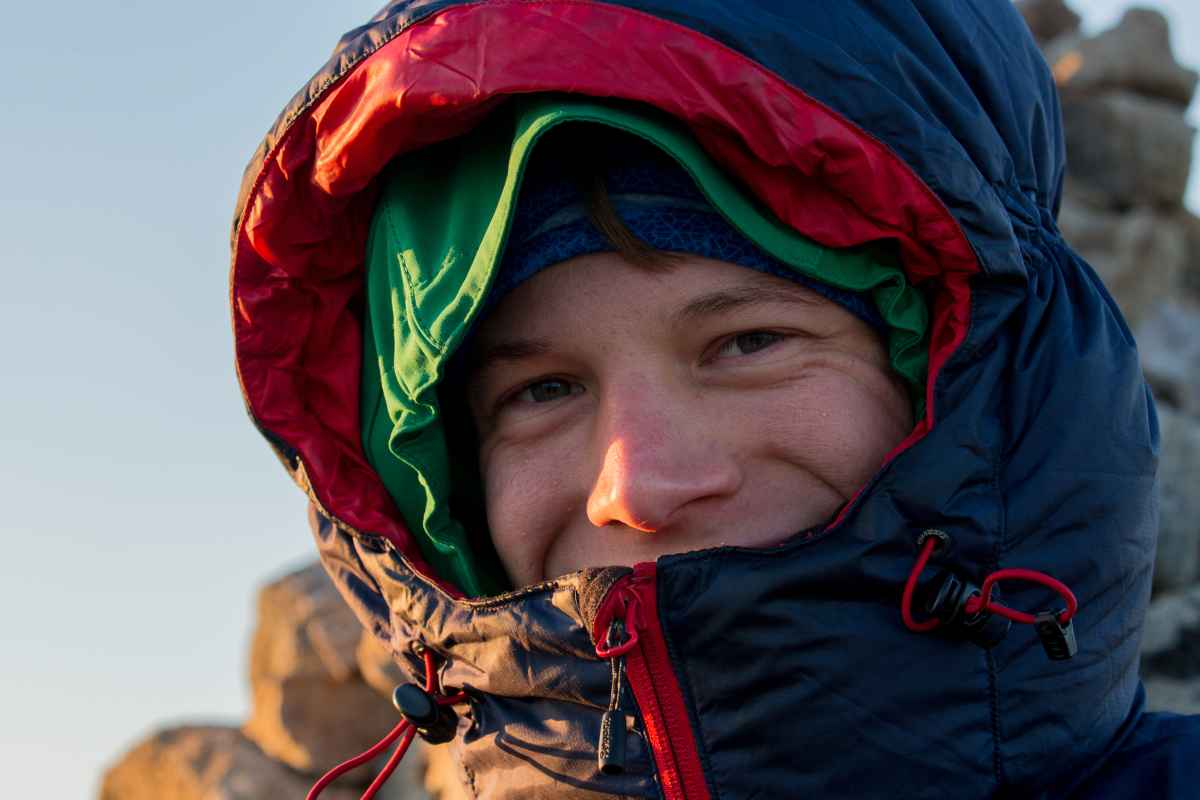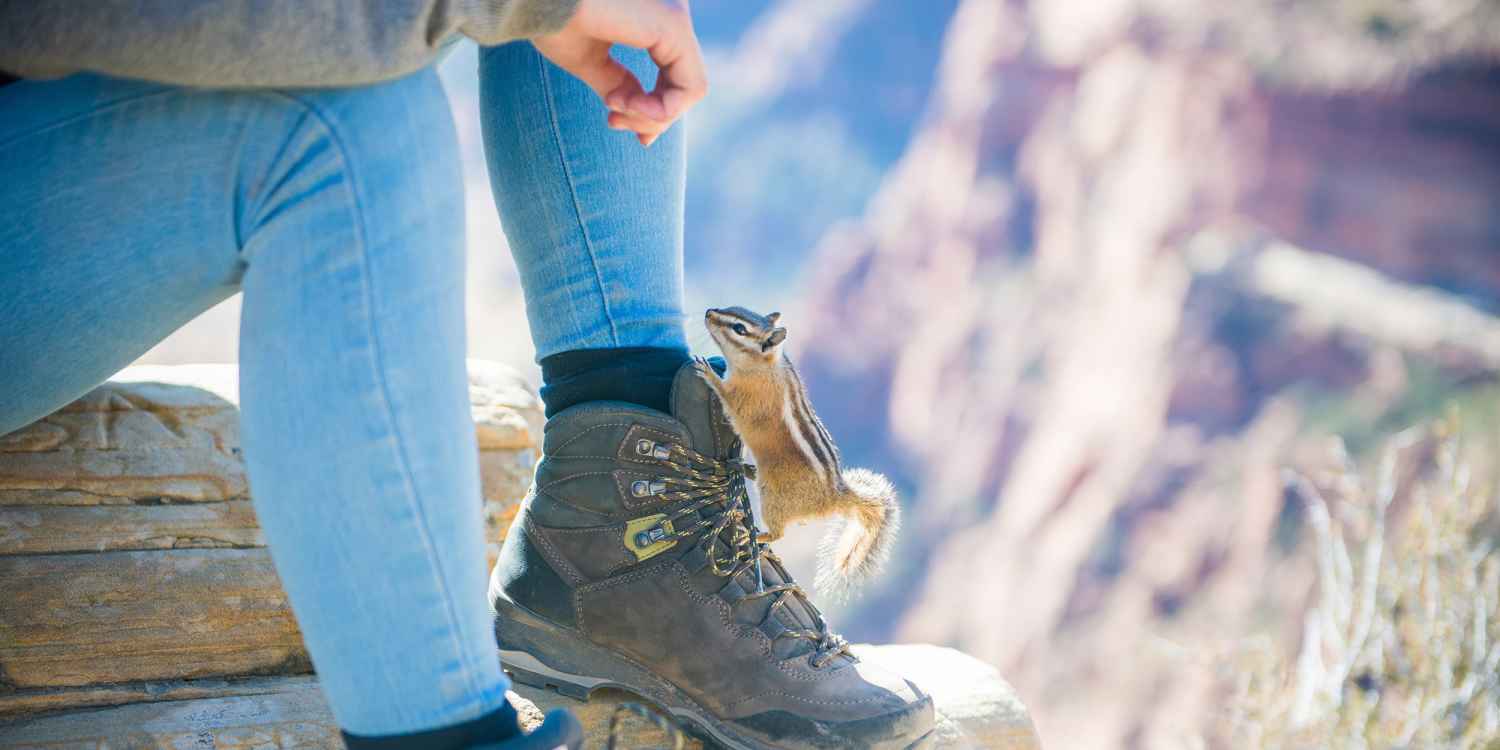
“Wear your boots a few days or weeks before the hike. This will enable you to get used to them again and determine whether everything is in good working order.”
— Alix von Melle | LOWA PRO Team

In addition to your equipment, your clothing is the key aspect of good hiking preparations. Everyone knows the feeling. You set off on a spring day without a jacket and then get soaked by a surprise shower. It’s an annoying occurrence that could end up giving you a cold – things can really become uncomfortable if this happens during a hike or multi-day tour. Use these tips to prevent such situations from developing!

There is nothing worse than wet feet or worn-out boots that get in your way during a long hike. For this reason, you should carefully inspect your boots before you set off on your next tour. The following checklist will help you out.
Are all seams still intact?
Check the seams for damage – for one reason: They hold the individual parts of the shoe together.
Have cracks or worn areas formed in the lining?
Damaged lining is not such a big problem, but it can significantly reduce comfort and facilitate friction between the boot and foot, increasing the chance of painful blisters.
Is the leather parched or damaged?
Damage to the outer layer of leather can quickly result in wet feet and should be immediately repaired.
Are all the hooks, loops and eyelets in perfect condition, and are the laces in good shape?
Finally, all elements of the lacing system should be checked because they provide firm hold.

“Wear your boots a few days or weeks before the hike. This will enable you to get used to them again and determine whether everything is in good working order.”
— Alix von Melle | LOWA PRO Team

A hiking boot’s sole plays a fundamental role in the footwear’s overall safety. The sole’s profile should be intact to ensure a worry-free hiking tour. If the sole is worn out in several areas, then grip is no longer guaranteed. After several years, hiking boots are usually prone to something that is called “hydrolysis” or simply “brittleness”. This is a chemical-physical reaction that makes the soles porous and cracked, a condition that in many cases causes them to fall off completely.

“Boots from LOWA’s Trekking and Mountaineering lines can be resoled. This provides your favourite hiking boots with a new lease of life and enables them to be worn for several more years.”
— Arthur | LOWA Manager Service Department

When it comes to your clothing, apply the multi-layer principle. You can then leave your breathable, waterproof jacket and sweater at home and lighten the load in your rucksack. The multi-layer principle protects you from the wind and weather by using several layers of clothing stacked on top of one another. Ensure that all three layers are breathable. Things will quickly become uncomfortable if you don’t. You can put on or take off layers to match the weather conditions.

1st layer – dry and flexible
A closely fitting functional shirt made of polyester is a suitable undergarment.

2nd layer – thermal insulation
The second layer, something like a fleece sweater, will keep you warm.

3rd layer – Against wind and rain
You can wear a third, weatherproof layer on top of that. Your jacket should be lightweight, windproof and water-repellent.

“Dampen your headwear with water to keep yourself cool and provide protection from UV rays!”